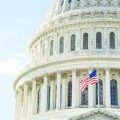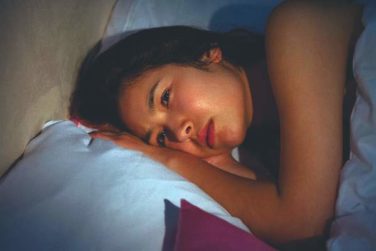FROM MMWR
Shifts in injectable drug use behaviors among white Americans could threaten years of declining U.S. HIV rates in persons who inject drugs, according to a federal report.
Between 2008 and 2014, the number of new HIV diagnoses in injectable drug users across all demographic groups declined nationally by nearly half, according to an analysis of national HIV surveillance survey data by the Centers for Disease Control and Prevention.
African Americans who inject drugs had a 60% drop nationally in the number of HIV diagnoses between 2008 and 2014. Latinos/Hispanics who inject drugs had a 50% decline nationally in the number of HIV diagnoses between 2008 and 2014. Whites who inject drugs had a 27% decline in HIV rates between 2008 and 2014, but stable rates between 2012 and 2014.
The report was published online in Morbidity and Mortality Weekly Report. Of note is that 2014 marked the first time that rates of HIV diagnoses were higher in whites who inject drugs than in any other U.S. demographic, according to lead author Cyprian Wejnert, PhD, of the National Center for HIV/AIDS, Viral Hepatitis, STD, and TB Prevention at the CDC.
The overall drop in new HIV cases largely is due to safer drug use behaviors among blacks and Hispanics. Between 2005 and 2015, syringe sharing among blacks decreased by 34% – African Americans who inject drugs had a 48% increase between 2005 and 2015 in use of sterile drug equipment – and syringe sharing by Hispanics decreased by 12%. Among whites, however, needle sharing rates remained essentially unchanged at 43%, and the rate of receiving all syringes from sterile sources was also unchanged, at 22% across 22 cities. This steady rate, combined with the fact that more whites than ever are using heroin and other drugs intravenously, worries federal health officials ( MMWR. 2016 Dec 2;65[47]:1336-42 ).
“The prescription opioid and heroin epidemics are devastating families and communities throughout the nation, and the potential for new HIV outbreaks is of growing concern,” CDC director Tom Frieden, MD, MPH , said in a statement.
From 2005 to 2015, the total percentage of injectable drug users in 22 urban centers who were white rose from 38% to 54%, while the number of urban blacks using injectable drugs decreased from 38% to 19%. Among new injectable drug users, 40% were white, while the percentage of new users who were black decreased by more than half, according to the report. Rates of novel injectable drug use among urban Hispanics remained unchanged at 21%.
Although more than half of those who reported injecting drugs in 2015 said they had obtained sterile equipment from a syringe sharing program, one in three also reported that during that time they also continued to share needles and syringes, meaning that needle sharing rates are virtually unchanged from 2005.
Because sharing needles and syringes is a direct route of transmission for HIV, as well as the hepatitis B and C viruses, federal health officials are stressing the importance of syringe sharing programs. Injectable drug use is associated with about 1 in 10 new cases of HIV, and has also contributed to a 150% increase in acute cases of hepatitis C infections in the past decade, according to the CDC.
“Until now, the nation has made substantial progress in preventing HIV among people who inject drugs, but this success is threatened,” Jonathan Mermin, MD, MPH , director of the National Center for HIV/AIDS, Viral Hepatitis, STD, and TB Prevention, said in a statement. He called for an expansion of current syringe sharing programs, especially in rural areas where access to sterile injection equipment is limited.
The authors reported no relevant disclosures.
On Twitter @whitneymcknight






